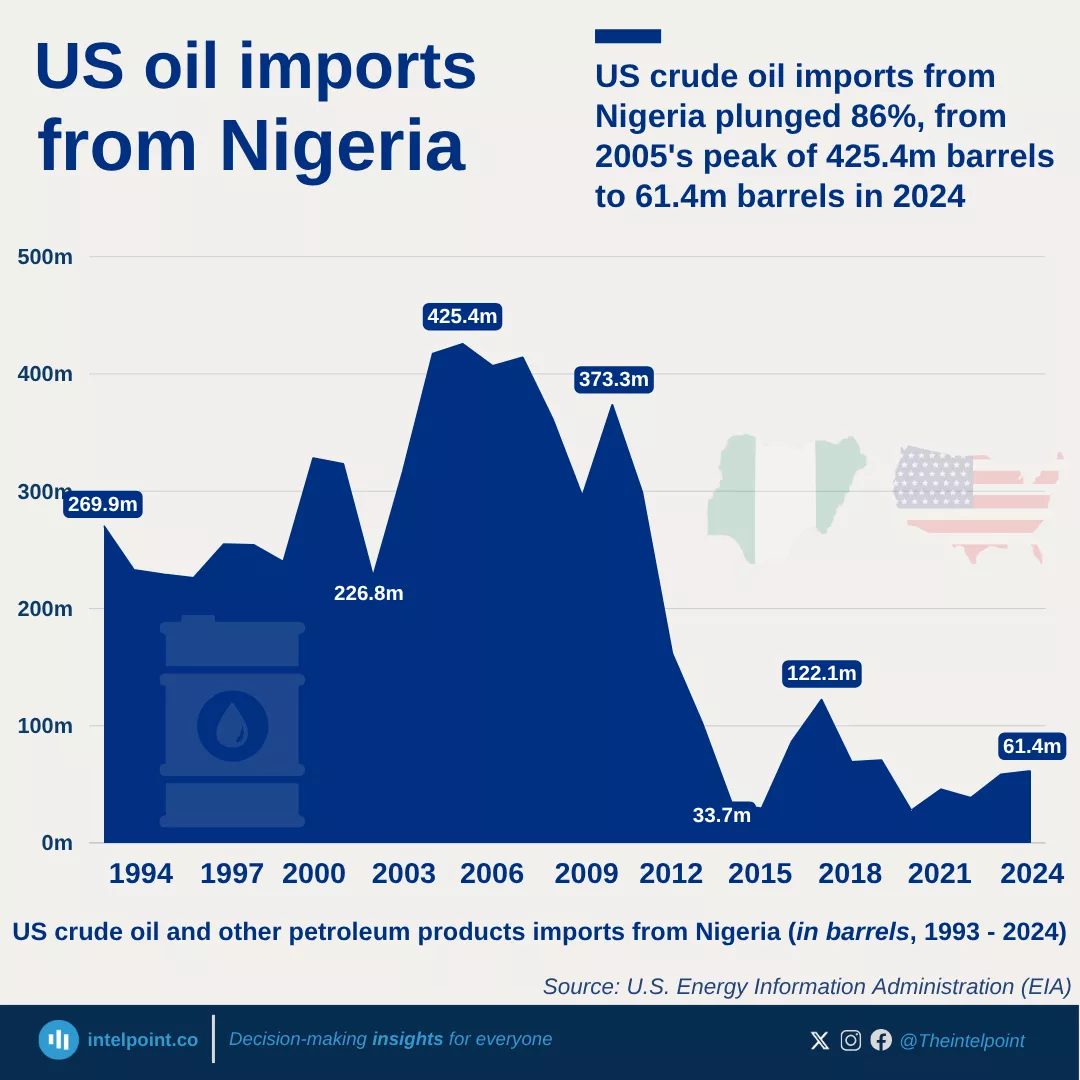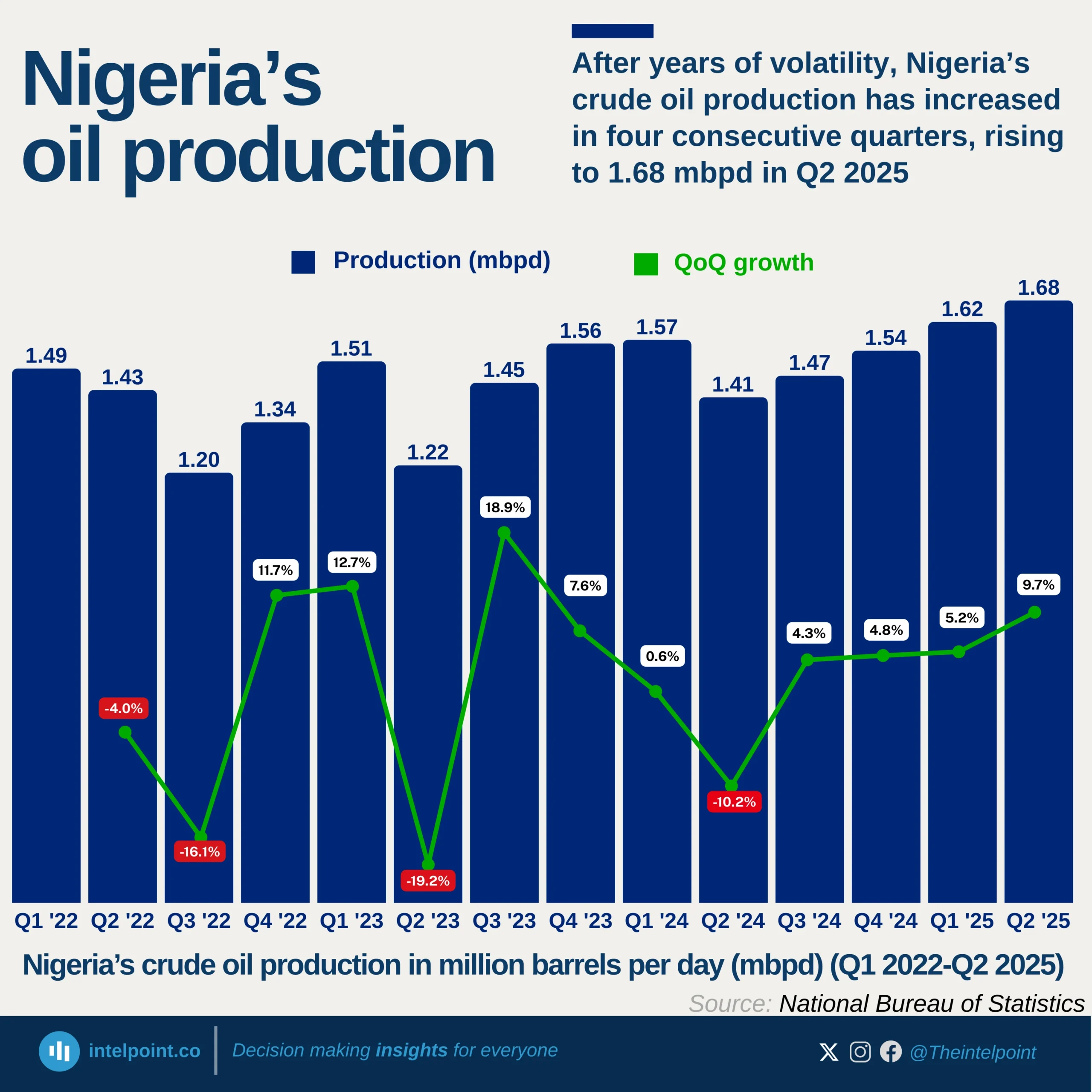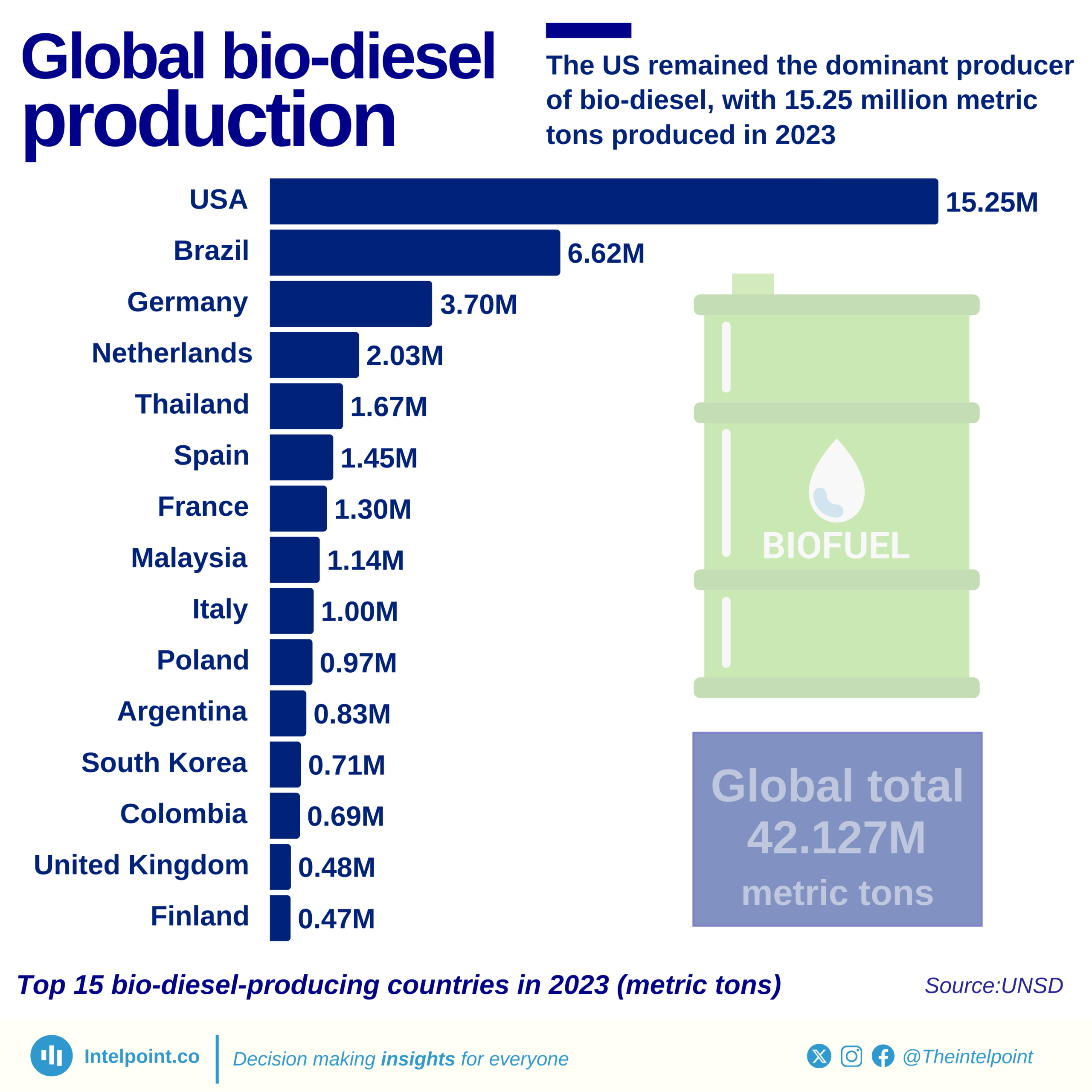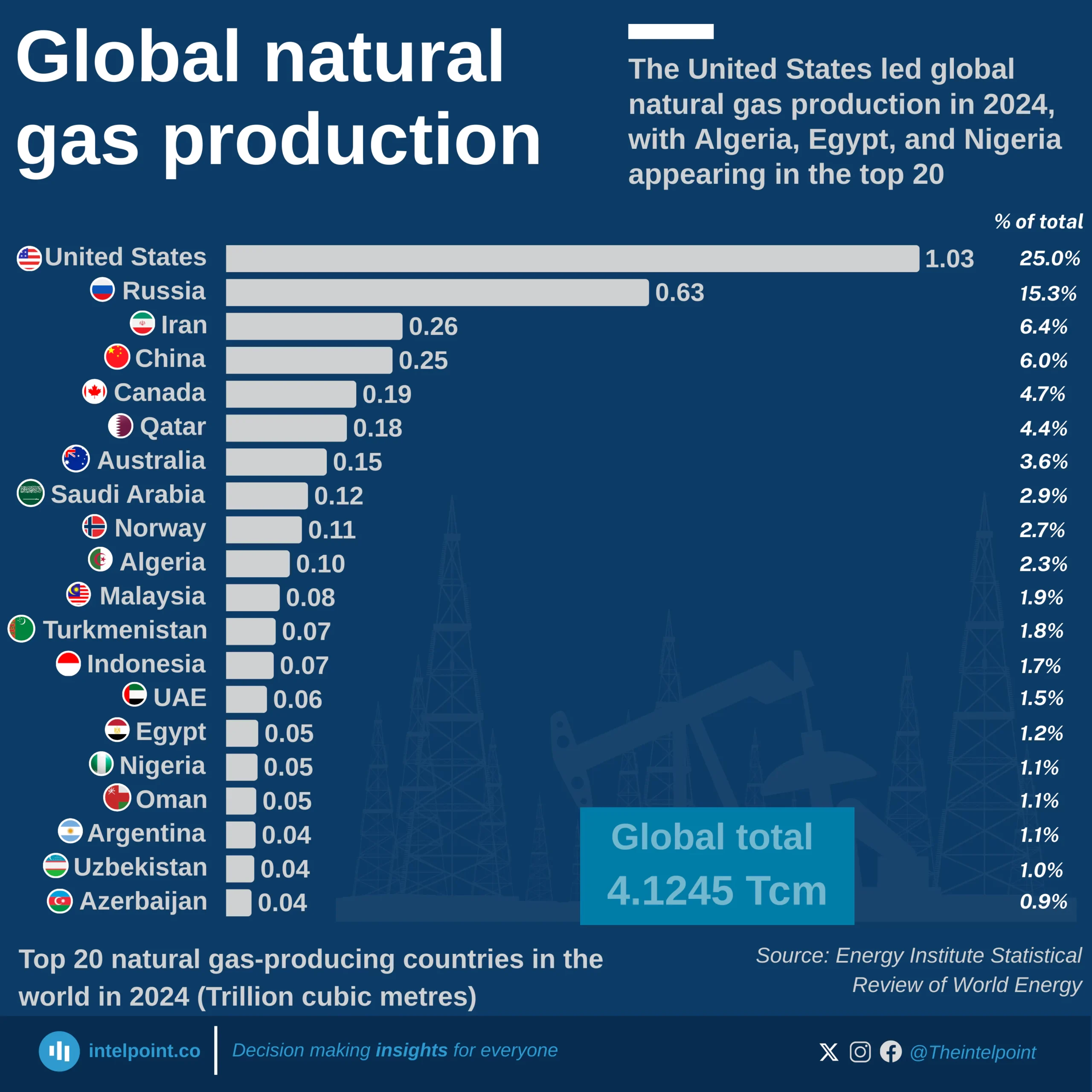The global landscape of proven crude oil reserves in 2024 is heavily concentrated among a small group of countries. Venezuela leads with 303.2 billion barrels, followed closely by Saudi Arabia with 267.2 billion, and Iran with 208.6 billion. Combined, these three nations account for over 779 billion barrels, more than half of all documented reserves worldwide.
Other major holders include Iraq (145.0 billion), the UAE (113 billion), Kuwait (101.5 billion), and Russia (80 billion), forming the upper tier of oil-rich nations. Libya (48.3 billion) and the United States (45.0 billion) also feature prominently. Nigeria, with 37.3 billion barrels, ranks 10th, reinforcing its role as Africa’s largest reserve holder.
Further down the list are emerging players such as Kazakhstan (30 billion), China (28.2 billion), and Brazil (15.9 billion). The top 20 countries alone account for the overwhelming majority of the world’s 1.57 trillion barrels in recoverable reserves, underscoring the strategic significance of these resource-rich nations in the global energy balance.





The United States dominates global natural gas production in 2024, contributing 1.03 trillion cubic metres (Tcm), nearly one-quarter of the world’s total.
Russia (0.63Tcm) and Iran (0.26Tcm) follow as the second and third largest producers.
China (0.25Tcm) and Canada (0.19Tcm) also feature strongly, rounding out the top five producers.
Collectively, these top five countries account for more than 50% of global production.
Emerging producers like Nigeria, Egypt, and Azerbaijan contribute significantly to the supply but remain far behind the leading nations.
